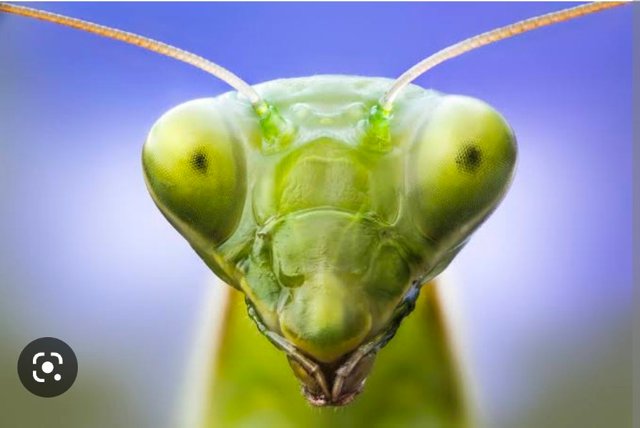LIFE OF INSECT
The life of an insect can vary greatly depending on the species, but in general, most insects go through a four-stage life cycle: egg, larva, pupa, and adult. Here is a brief overview of each stage:
Egg: The first stage of an insect's life is the egg stage. The female lays eggs, usually on or near the food source for the young larvae to eat when they hatch.
Larva: After the egg hatches, the insect enters the larva stage. Larvae are worm-like and undergo a process of molting, shedding their skin and growing larger. During this stage, they eat and grow rapidly.
Pupa: The next stage is the pupa stage, during which the insect undergoes metamorphosis. The pupa is a non-feeding, usually immobile stage where the insect transforms from a larva into an adult. This stage can last anywhere from a few days to several months.
Adult: Once the metamorphosis is complete, the insect emerges from the pupal case as an adult. At this stage, the insect is fully developed and able to reproduce.
Insects can have very short or long lifespans depending on the species, with some living only a few days while others can live for several years. Additionally, some insects go through multiple generations within a single year, while others may take several years to complete a single life cycle.
